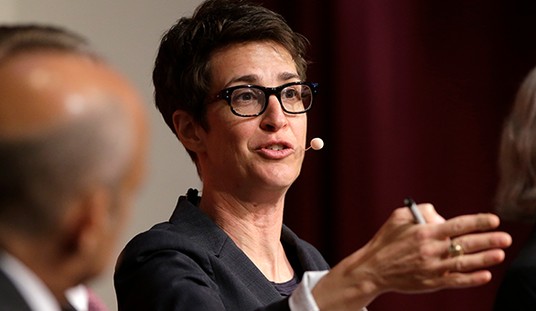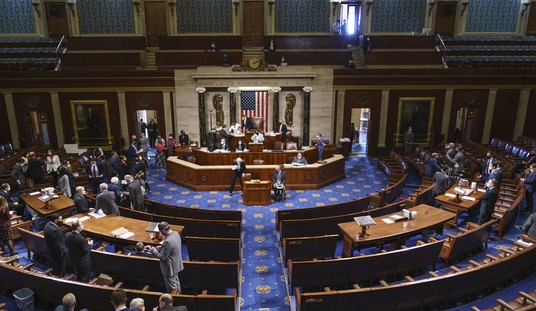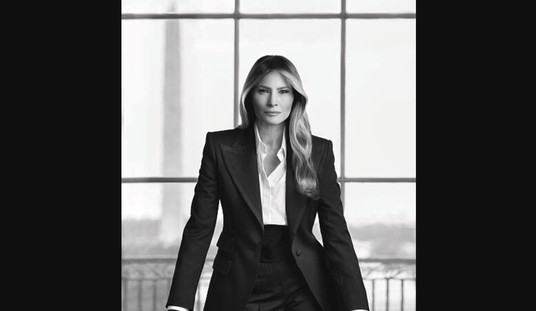That’s the question that would-be Obama advisor and cut and paste specialist Fareed Zakaria is debating in the Washington Post:
Some of the candidates had an easier time distancing themselves from unpopular presidents. McCain was clearly a rival and opponent of George W. Bush. Stevenson was very different from Harry Truman, but he was, in effect, asking for not a third term for the Democrats but a sixth term — after 20 years of Franklin Delano Roosevelt and Truman. Shortly before the 1952 election, Stevenson wrote to the Oregon Journal that “the thesis ‘time for a change’ is the principal obstacle ahead” for his campaign. After all, if the country wants change, it will probably vote for the other party. “It’s time for a change” was Dwight Eisenhower’s official campaign slogan in 1952.
The most awkward circumstance has been for vice presidents trying to distance themselves from their bosses. Humphrey tried mightily to explain that he was different from Lyndon Johnson without criticizing the latter. “One does not repudiate his family in order to establish his own identity,” he would say. Gore faced the same problem in 2000, though many believe that he should not have tried to distance himself so much from a popular president who had presided over good times. As Michael Kinsley noted, Gore’s often fiery and populist campaign seemed to have as its slogan: “You’ve never had it so good, and I’m mad as hell about it.”
The latter is a slogan that Fareed would be happy to plagiarize.
But what exactly would Hillary do differently than Obama? She oversaw his foreign policy during four disastrous years culminating in Benghazi and Putin’s power grab of Ukraine, and Obamacare is simply Hillarycare that escaped from its laboratory.
Of course, the media are seeking real continuity with Obama and his toxic, but MSM-approved combination of punitive corporatism and identity politics, which may just leave the “inevitable” Hillary in the dust once again.










Join the conversation as a VIP Member